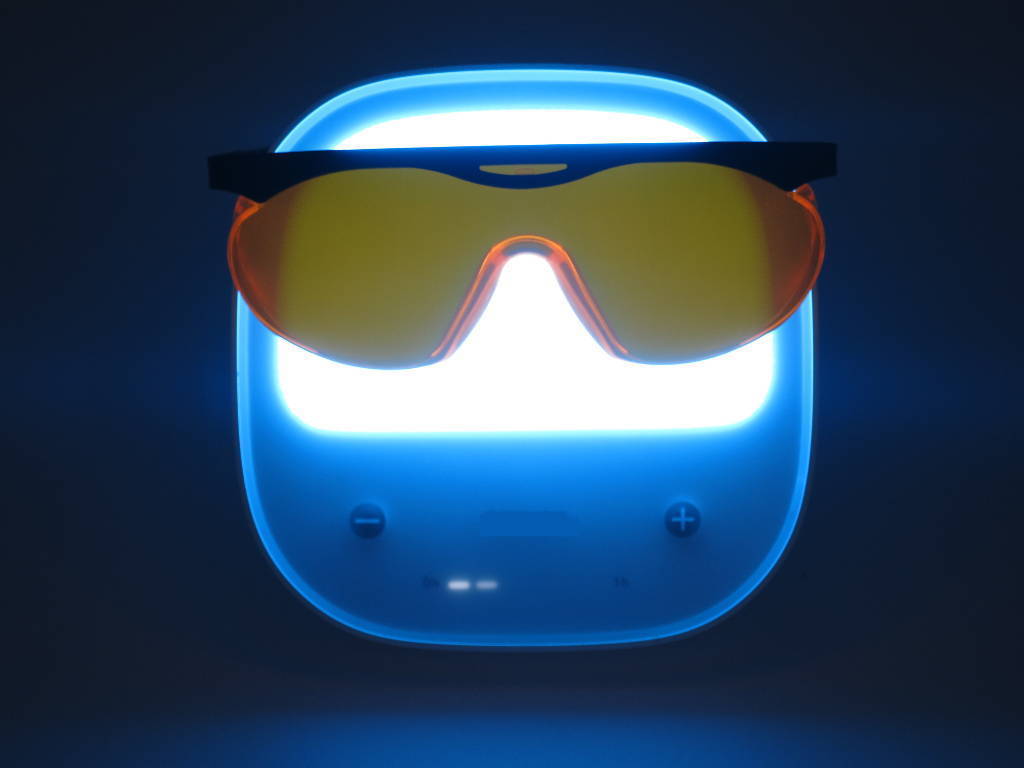
Do you feel very sleepy at 9 pm but want to stay up until 11?
Are you in bed at 11, yet can’t fall asleep for another hour?
Perhaps you have traveled across several times zones and now, even several days later, you feel sluggish and jet lagged.
All of the above are signs that your habits and desires and your biological clock are out of sync. And for most people the clock can’t be forced into sleep mode like an on-off switch.
Carefully timed light therapy, that is, exposure to blue, blue-green, or blue-enriched white light either in the evening or in the morning can be a fast and elegant way to set your clock to align with your lifestyle, sleep better, and even overcome serious insomnia.
My motivation for exploring light therapy for sleep
I often alternate between living in a small town for a few weeks and staying in a large bustling city. In the country side, folks are usually in bed by 9 pm; there is little else to do in the evening.
Quite quickly, I settle into a routing of having dinner, then watching TV for an hour or so – basically until I feel sleepy, which is usually pretty soon. So by 9 or 10 I am in bed and dozing off. I believe I have always been more of a lark, a morning person who tends to go to bed early and rises early. In fact, as I get older I become even more of an early riser.
This doesn’t suit me well when I am in the city though.
If I were to go to bed too early, noise would likely prevent me from falling asleep, and from hanging out with friends and drinking a few beers at night. Naturally my beer consumption also goes up when I am around town.
While in town, I would much rather go to bed at around 11:30 pm and maybe wake up at 7 or even 8. Being among other people and exposed to lots of light, I usually manage to stay up until 12 am and then go home and fall asleep quickly.
Unfortunately, I wake up at 4:30 or 5 am.
This would be fine when going to bed and 9 or 10, but with my later bed time I only get about 5 hours of sleep: a perfect recipe for feeling low on energy and sleep deprived.
It takes me quite a few days or even weeks to nudge myself into waking up later.
For many years, researchers at the sleep lab of Flinders University in Adelaide, South Australia have been researching the use of bright light therapy and blue-green light to help people optimize their sleep and overcome insomnia.
They were initially focusing on people with delayed sleep phase disorder (DSPD), also known as delayed sleep phase syndrome and advanced sleep phase disorder (ASPD), aka advanced sleep phase syndrome.
Now they are also applying their research to help frequent travelers overcome jet lag and shift workers adjust to a markedly different sleep-wake schedule.
In a way, you could even consider party people as shift workers.
Owls and larks and everyone in between
Read moreHow to Use Light Therapy to Change Your Internal Clock and Sleep Better


